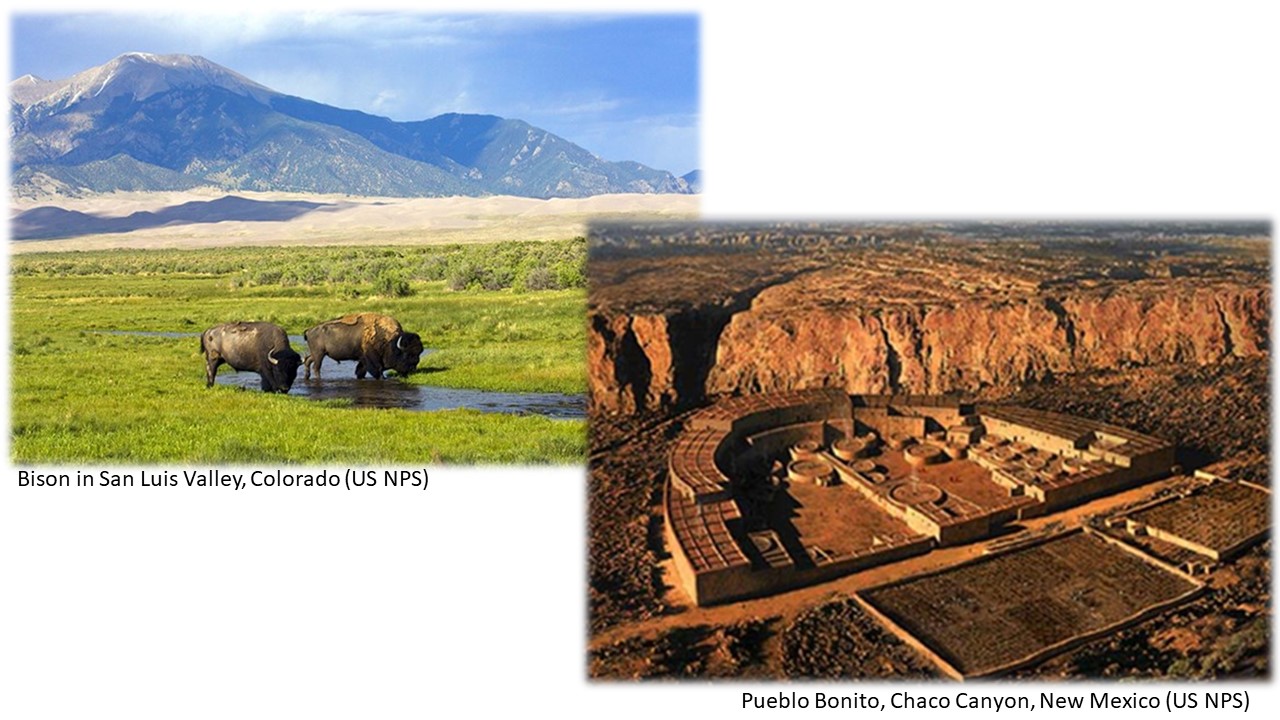Latest Report version is 2020-10-05
Report Summary:
Human processing of animal hides is an ancient technology that provided a wide array of products useful for clothing, shelter, transportation, warfare, and ceremonies. In North America, numerous prehistoric and historic trade routes existed to move hides from areas of high supply (e.g., Great Plains bison herds) to areas of high human density and demand for hides, but with low supply (e.g., western salmon-bearing rivers, early agricultural zones in the southwest and along the Mississippi River). Many of these extant Native American hide trading routes were tapped by the Spanish, French, and British after ~AD 1500 to provide hides to the European market. In the southwest, for the prehistoric period ~AD 500 to ~1200, one of the strongest gradients between hide supply and demand lay between the southwestern edge of heavily used bison range, then on the central plains north of the Arkansas River near modern-day Denver, Colorado, and the Hohokam agricultural lands in the modern-day Phoenix basin of Arizona. It is likely that a hide trade route existed between these areas of supply and demand. If so, Chaco Canyon and its amazing array of engineered buildings and roads lay right along a “least cost route”, and are possibly linked with the movement and trade of hides. This paper uses comparative ethnology and historic literature on wildlife abundance, hide hunting, and trade networks to describe how Chaco Canyon could have functioned as an exchange center along the route until ~AD 1150. It describes some potential causes for the collapse of this potential network, and how southwest trade routes were then re-established further southwards after the expansion of bison herds onto the southern plains after ~AD 1350. These new trading routes and exchange systems were documented by the Spanish in the period after AD 1534.
